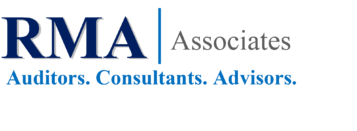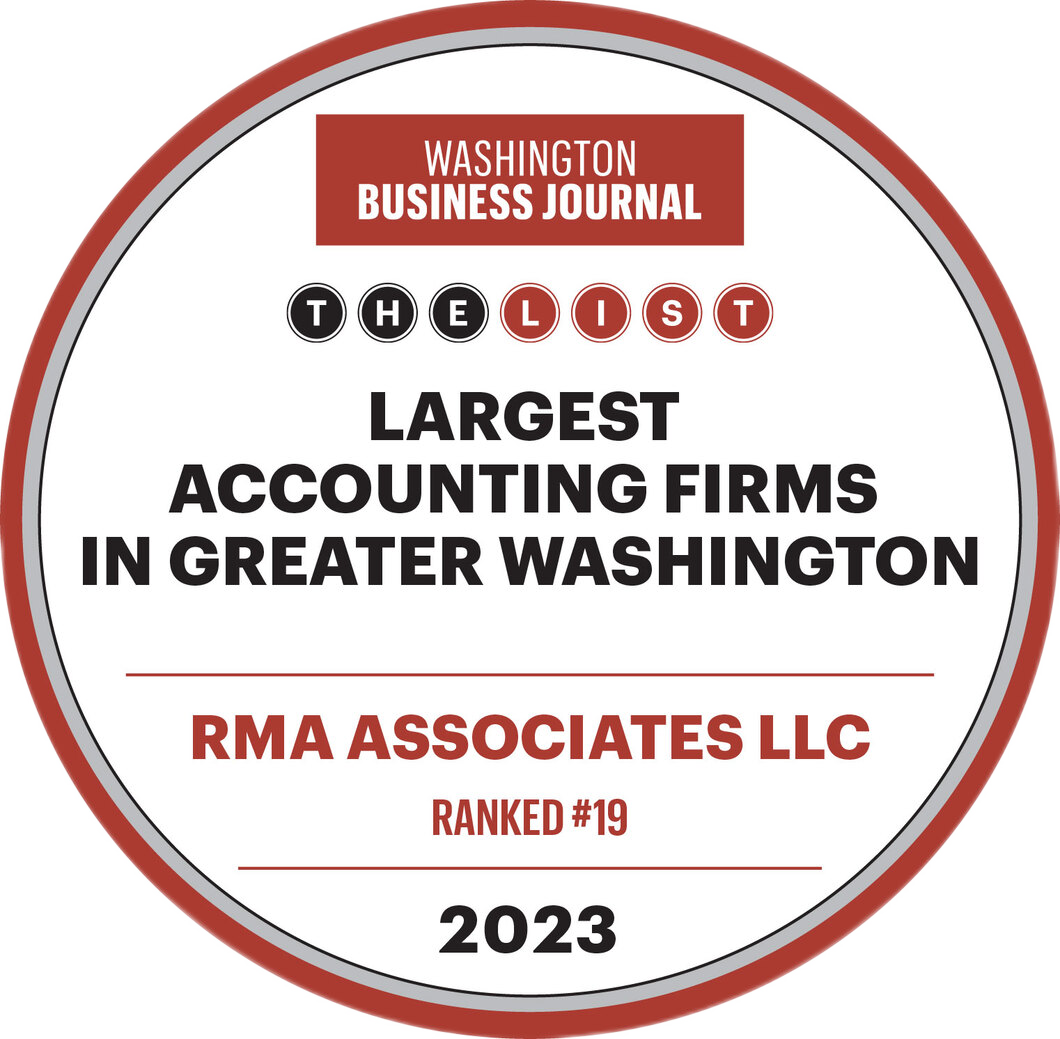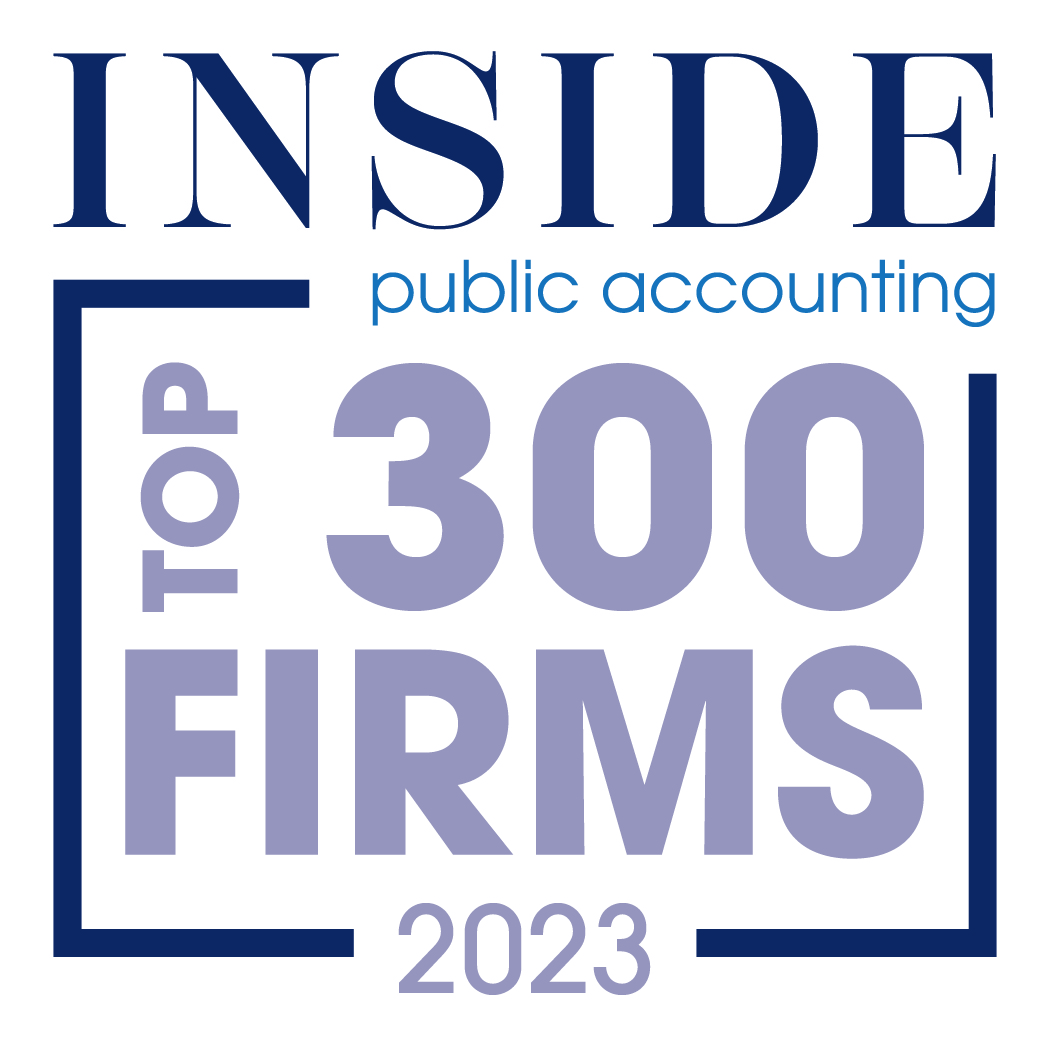It’ll take more education, internal process assessment and pilots — but it’s happening.
Amanda Ziadeh,
Blockchain is a new and rather undefined technology in the federal space, but its potential is expansive. It’s one of the prime emerging technologies that can transform society and how government does business and delivers services, and is already gaining agency interest.
That’s according to the most recent Government Accountability Office’s 5-year strategic plan for 2018-2023. But it’s taking a while for people in government to “get their heads around” how it can really be leveraged, Asif Khan, GAO’s director of financial management and assurance, said at KPMG’s “Future Ready Government” event on May 2.
Blockchain is joined by genome editing, artificial intelligence, quantum information science and augmented reality in GAO’s report, but there’s a caveat to the hype around these technologies.
“There’s still a great deal of unknown about how this technology can be used,” Khan said.
So, GAO says there’s a fair amount of research and development needed to fully understanding blockchain. Khan compared it to the early days of the internet, how then it was fully funded by the government specifically for Defense Department applications.
“We feel [blockchain] has the same type of potential,” Khan said, but the tech needs that R&D to fuel it.
And the government’s into it.
“We certainly have a great deal of interest from the agencies I oversee, specifically DOD and [the Homeland Security Department], and also my clients that are on the Hill,” Khan said, referring to the committees in his oversight portfolio. There’s interest in getting educated on how and where blockchain can be implemented in government, and what type of regulations it needs.
But regulation and compliance apply more to the private sector. Khan said we need the right amount of regulation to ensure blockchain gets adopted efficiently and safely, but not too much where we’re scaring away private sector companies and inhibiting them from wanting to invest in the U.S.
Again, that’s there R&D comes in. Some agencies are already experimenting in sandbox environments to explore early development of blockchain, like the Treasury Department’s distributed ledger pilot.
Real-Life Applications
Craig Fischer, Treasury’s program manager for the Bureau of the Fiscal Service’s Office of Financial Innovation and Transformation, was in charge of making sure that anytime someone in the bureau received a new computer or cellphone, that transaction was validated and logged into the database.
But new assets are added and removed all the time as contractors come in and out, and because these assets had to be physically scanned, it meant traveling to the bureau’s nine national locations.
“There’s got to be a better way to do this,” Fischer recalled thinking.
After learning about blockchain two years ago, he decided to pursue a proof of concept. He spent a year educating leadership on the technology, detaching it from cryptocurrency, addressing investment and technology review boards and simplifying blockchain down to a use case Treasury could get behind.
In an external environment, the team built a blockchain with a permission-version of Ethereum and put an app on the cellphones. Every time somebody turned on their phone and logged in, it would ping the blockchain and create an entry in the database that the phone is still in use in real-time.
There’s also a web app leadership and property management folks could access to see the real-time state of inventory, including equipment in use and those that have been idle. For assets not in use, leadership can further investigate whether the phone’s service can be disconnected, if stolen or lost.
The pilot validated the promise of blockchain and is something the bureau will continue looking into, but “we have a lot more to learn,” Fischer said.
The State Department is also using blockchain with private industry to prevent some of the exploitative practices international migrant workers face with labor contracts, and has other pilots in the works.
But It’s Not That Simple
There are a few things GAO recommends agencies focus on before jumping into blockchain adoption: risk management, change management and protocols.
“There has to be a very robust risk management process around adoption of blockchain,” Khan said. Blockchain is a very custom and versatile tool, but where the needs are within the environment have to be thoroughly thought through before adopting. Pilots are a great place to start.
Blockchain is also designed to be more efficient, streamline processes and get rid of redundancies. But it’s important to go through the entire process it’ll be replacing and identify those redundancies first, because people’s roles will change in the process, hence change management.
“Scale helps,” Khan said, so start small with a proof of concept and small successes before expanding, and make sure to train people to work with the blockchain.
Finally, policy and procedures will change in a blockchain environment, so there will be new protocols. Monitoring internal controls and ensuring information security will be crucial. Information is sealed in the block and blockchain is by nature secure, but it’s what you attach to the broader network that requires constant monitoring.
Article via Government CIO Media/Illustration: Aleutie/iStock




No responses yet